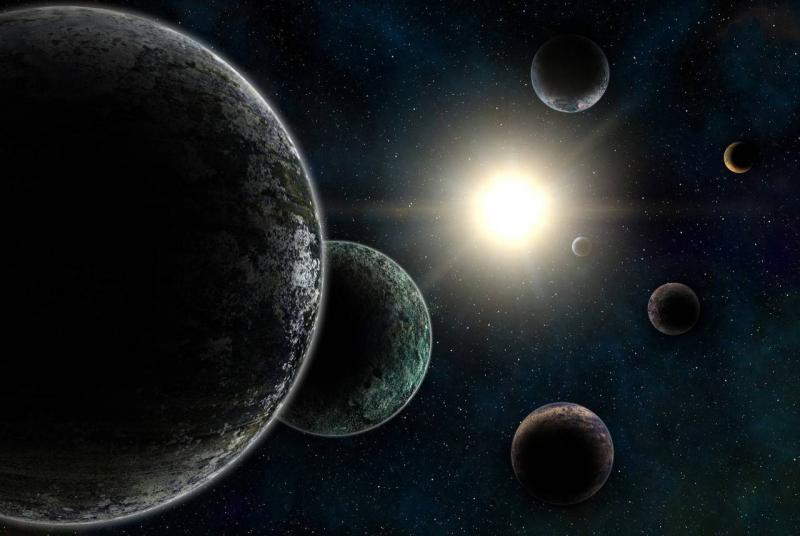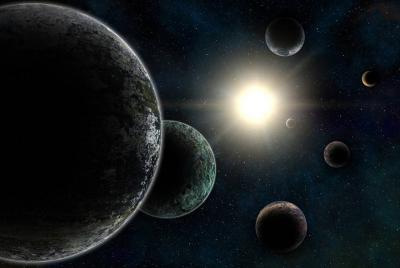The planet Theia collided with Earth during its formation at speeds exceeding 36,000 kilometers per hour, a velocity sufficient to drive a portion of the body deep "into the Earth to reach its lower mantle."
A group of scientists has proposed a new theory that may solve two mysteries: one concerning a celestial body that orbits Earth daily, and another potentially residing within it. The first mystery is the formation of the Moon, which the most common theory suggests formed after a protoplanet collided with Earth about 4.5 billion years ago. The impact with Theia, an ancient planet the size of Mars, caused enough material to spread into space to assemble into the Moon.
The study, published by a team of scientists from American institutions in the journal Nature, suggests that the remains of Theia might be found not in the air but beneath the Earth. At a depth of 2,900 kilometers below the Earth's surface, "two significant spots" have intrigued scientists since their discovery using seismic waves in the 1980s. These two masses, each roughly the size of a continent and located at the Earth's mantle’s base, are situated beneath Africa and the Pacific Ocean. Both masses are hotter and denser than the surrounding area.
Computer simulations conducted by the researchers indicate that these masses are "buried remnants" of the planet Theia that penetrated Earth at the time of the collision. These molten rock fragments, each several dozen kilometers in size, cooled and solidified, descending towards the boundaries of the Earth's mantle and core, aided by a higher concentration of iron oxide compared to the Earth's surroundings, making them heavier.
These rock fragments accumulated into two distinct masses, each exceeding the size of the Moon, according to Yuan, who emphasizes that these conclusions are based on incomplete models and simulations. It is known that the masses carry pillars of mantle and molten materials to the Earth's crust's surface, a phenomenon associated with volcanic eruptions and the evolution of supercontinents.




